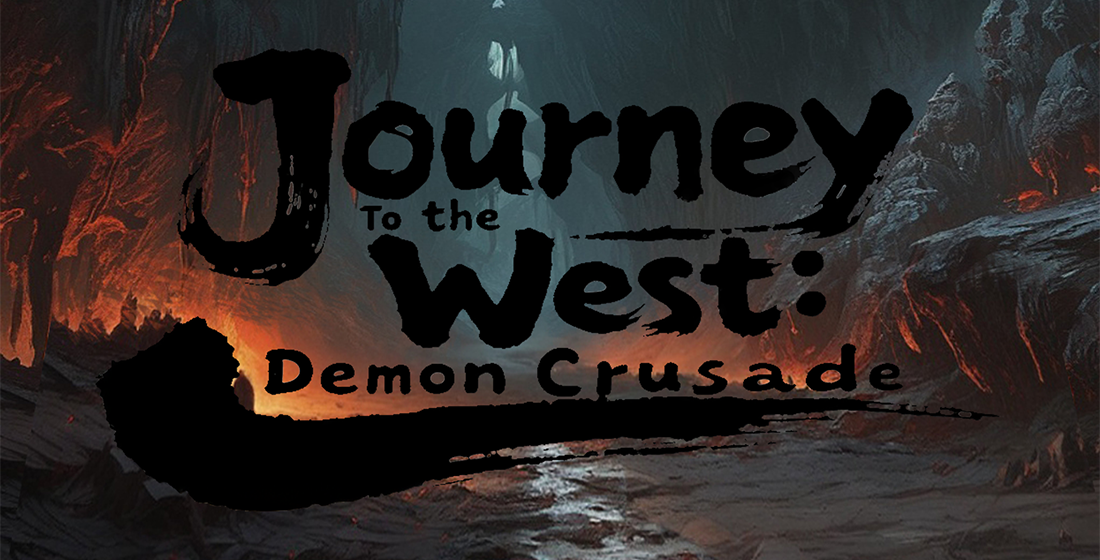The rise of hyper casual games on PC platforms is redefining what success means in modern gaming ecosystems. While the mainstream industry leans toward graphically intense and time-consuming titles, there’s a quiet revolution unfolding—driven by simplicity, speed, and intuitive mechanics. In 2024, this shift has not only gained steam, it's become a legitimate powerhouse in PC game consumption trends. With millions logging daily gameplay minutes on short-form titles that rarely last more than two to five minutes per session, developers who were initially overlooked now have significant traction.
The Hyper Casual Shift
In an era defined by immersive roleplay experiences like rpg games pc best and EA-powered sports simulations such as FC 24, one might easily dismiss hyper casual games as fleeting fluff. That perception isn't just inaccurate—it’s dangerously naive.
- Diverse player bases, including teens and mature gamers over forty, regularly engage with hyper casual PC content.
- This niche appeals across gender lines, offering inclusive mechanics that feel rewarding from the get-go.
- Ergonomic control schemes reduce stress on newer or less technically skilled players—a core design value here.
Besides ease-of-entry, there's a powerful behavioral incentive baked into these microgames: the desire for immediate dopamine gratification without long-term mental exhaustion. Unlike traditional genres like simulation, puzzle adventures, or story-driven action titles (such RPGs or even strategy), these short bursts of satisfaction provide quick hits of engagement that users often return to between longer sessions of more complex software.
🔑 Key Highlights:
- Over 67% of surveyed Hong Kong gamers under 28 years played some hyper casual genre-based app monthly in Q3 of this year.
- Gross revenue for small indie studios specializing in this segment rose roughly 43% compared to early 2023 metrics.
From Mobile Origins to PC Expansion
Hyper-casual originally took root on smartphone operating environments—Android and iOS devices being natural conduits for brief playthroughs. It's a format that matches idle screen moments or commuting downtime perfectly. Over the past few years though, something notable began unfolding—many studios expanded to the PC market via dedicated ports or cross-multiplatform development frameworks that enabled rapid testing cycles at near-zero overhead. The PC market, which already hosts tens of thousands of indie entries in Steam and Origin stores, became the new growth arena.
This evolution didn't simply duplicate prior patterns, though it retained several foundational traits:
| Old Mobile Roots | New PC Reality |
|---|---|
| Ads-only monetization models | Freemium hybrids & full premium variants |
| Solo-player loops | Mixed multiplayer support & local P2P |
| Frequent push ads; aggressive interstitial triggers | Opted for subtlety - rewarded content rather than intrusive blocks |
Pure Addictive Engagement Over Extended Time Frames
You're likely reading this asking yourself, why do so many people keep returning to simple jumping duck dodger games where nothing changes much beyond slightly improved sprite visuals? The answer lies within behavioral psychology principles tied to variable reward structures. Classic slot machines, scratch-off tickets, or even basic tap-to-increase clickers exploit our brain's innate bias toward uncertain rewards and minimal barriers to continued attempts—a phenomenon well documented among gamblers.
Hence, when a developer designs around these cognitive hooks using straightforward but responsive input feedbacks and clever UI/UX nudges like streak systems, leaderboards scaled by skill bands (not rank), they unlock repeat behaviors previously thought uninteresting.
Note however: While these games can be addictive and encourage prolonged usage through clever loop reinforcements, responsible moderation is necessary, particularly around younger age groups.
RPG Games PC Best vs. Hyper Casua:
Comparing major titles in the rpg games pc best space—those featuring sprawling open world narratives spanning dozens if not hundreds of hours—against hyper casual titles exposes how contrasting consumer expectations really are.
Let’s consider a simplified comparison:
| Metric Focus Area | Traditional RPGs / AAA | PC-Optimized Hyper Casual Games |
|---|---|---|
| Time Per Play Session (minutes) | 120+ min average | Between 1–5 minutes |
| Average Learning Curve Before Basic Skill Attainment | ~8-20 tutorial segments | Largely none — learn-by-play within 60s |
| Total Story/World Depth Complexity Rating *out of ten stars* | ★★★★★★★★☆ | ★☆☆☆☆☆☆☆☆ |
EA Sports FC 24’s Unusual Cross-Market Influence
If your first thought was “why is EA Sports FC even related to all this?" then you're not alone. But dig slightly deeper, and some intriguing connections pop up between this high-fidelity sports sim platform and the growing trend of hyper casual adaptation. Specifically: how modes like ‘Ultimate Team’ offer fast mini-missions akin to quick-play casual rounds; the integration of rhythm-like audio queues and visual prompts also subtly mirrors how casual devs use auditory triggers during scoring animations or power-up pickups; and finally—most notably—the influence music tracks have had shaping both genres' branding profiles.
🎤 Soundtracks that Build Emotional Bridges in Minimalist Gameplay Environments:
Think about any popular mobile endless runner you’ve tapped along while sipping coffee at Manner's Café in Tsim Sha Tsui or watching the clock tick during late-night shifts. Those bouncy 8-bit retro synths or pulsating electronic grooves don’t exist merely to fill silence — they are deliberate design choices aimed at keeping tempo, heightening anticipation during risky jumps, and reinforcing victory celebrations—even tiny ones matter!
In the hyper casual PC subgenre specifically,, composers leverage low latency audio feedback loops where pitch frequency increases incrementally as score targets are reached — effectively signaling progressions to human subconscious recognition before any conscious reflection occurs. This method works because humans tend to link specific sonic signatures (“ping!", rising pitch) with feelings of momentum advancement—an ideal pairing in a product requiring sustained micro-interactions.



